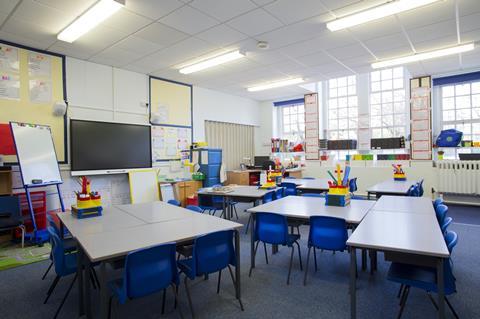The class attempts to reach a consensus on where everyone should sit.

Sometimes, members of a class get very attached – metaphorically and almost literally, too! – to particular seats. There's nothing necessarily wrong with this, but you might feel that they would benefit from sitting somewhere different for a change, interacting with different people and getting a different perspective on classroom events.
Procedure
1 Before the lesson, label the seats in some way with numbers: 1, 2, 3, 4 and so on.
2 At the start of the lesson, let the class come into the classroom, but ask them not to sit down for the time being.
3 Ask students to choose the three seats they'd most like to sit in, in order of preference, and to justify their preferences. (In bigger classes, it will be more practical to divide the class into two subsets of people and seats.)
4 Finally, ask students to work out the seating plan – for this lesson only – which will be most acceptable to everyone. There are various possible outcomes, including:
- A seating plan emerges, through consensus, which is significantly different from the usual one.
- There's a conflict between those who want their usual seat and those who want to change. In this case, ask them to negotiate a seating plan in which everyone changes.
- Everyone chooses their usual seat. In this case, ask them to sit in a different seat nevertheless. You could simply hand out at random slips of paper with seat numbers, or you could show them a pre-prepared seating plan.
- In any case, tell the class that they will have a chance to return to the topic of their seating choices at the end of the lesson.
5 In the final few minutes of the lesson, ask them to review the seating arrangements they've experienced. What did they like, or not like, about their seat today? What difference did it make, if any? Would they like to draw any conclusion about seating patterns in subsequent lessons?
NB: The discussion at the start of the lesson takes place with everyone standing up. Sometimes, groups of people interact more energetically and enthusiastically standing than they do sitting down. If you observe this effect in a class who are more used to sitting down, it would be worth drawing their attention to it, and drawing the conclusion that it would be worth including more standing-up activities in future.






No comments yet